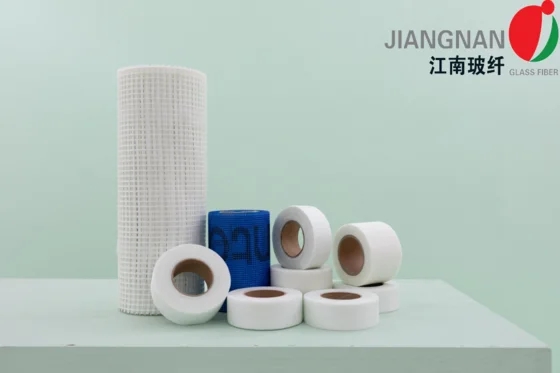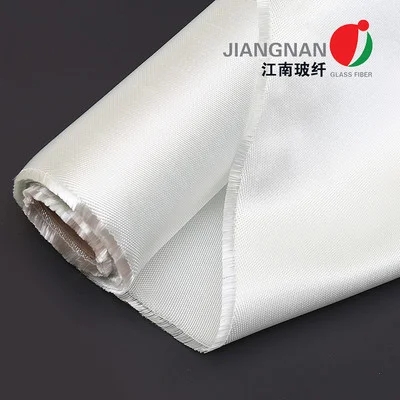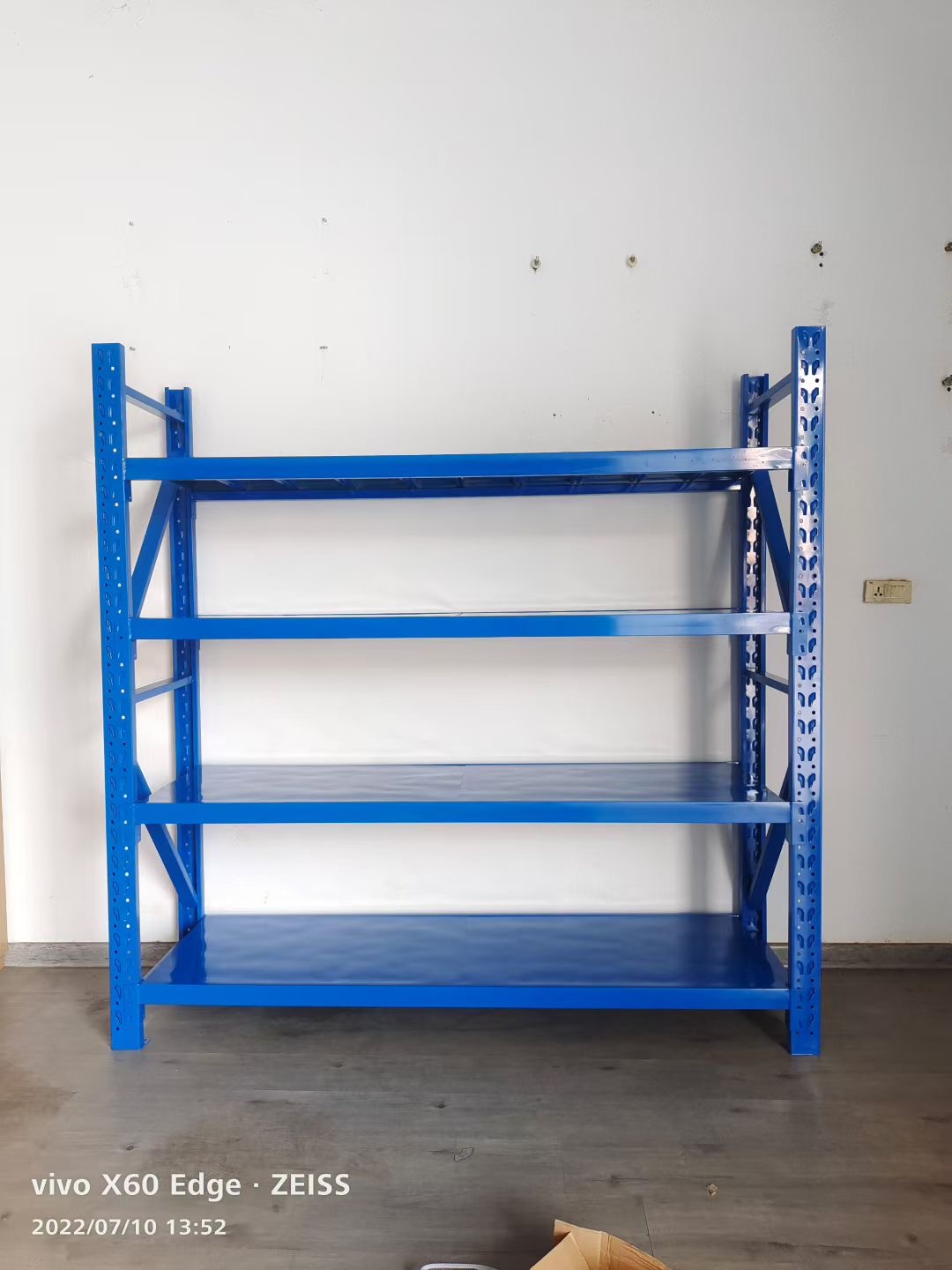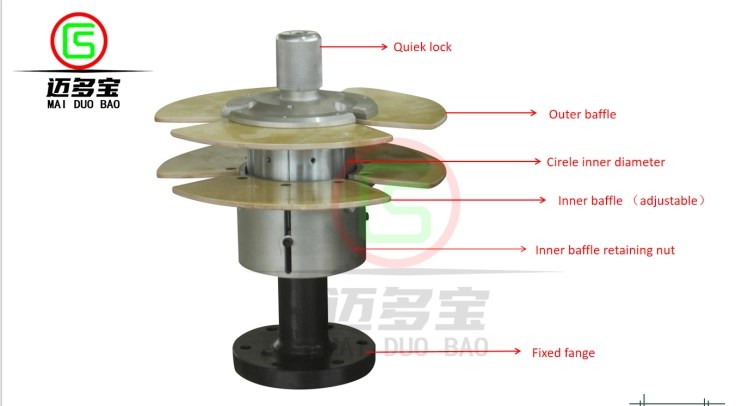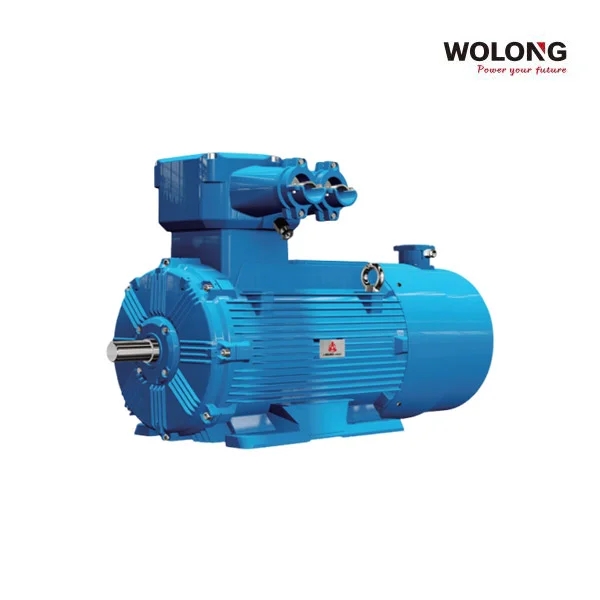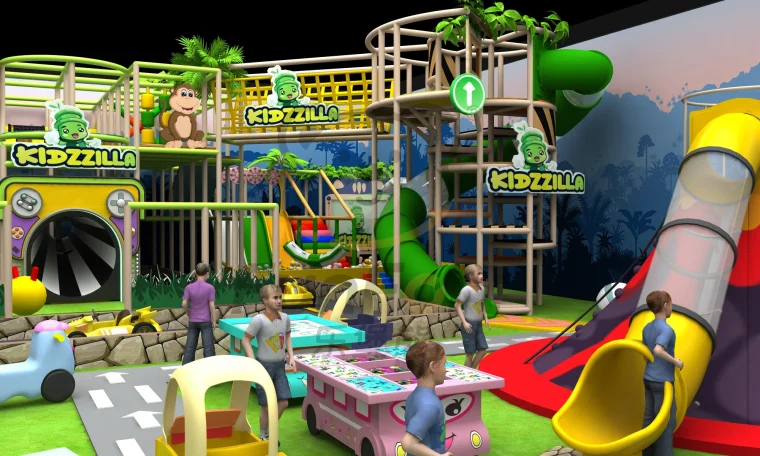When it comes to home renovation or construction, one of the most significant decisions homeowners face is selecting the right ceiling type. Not only does the ceiling contribute to the overall aesthetic of a room, but it also impacts the budget. In this article, we will explore various ceiling types, analyze their costs, and ultimately answer the question: which type of ceiling is cheaper?
Understanding Ceiling Types
Before diving into cost comparisons, it’s essential to understand the different types of ceilings available. Each type has its unique characteristics, advantages, and disadvantages.
- Flat Ceilings:
- Description: The most common ceiling type, flat ceilings are typically made from drywall and are installed parallel to the floor.
- Cost: Generally, flat ceilings are the most affordable option, with installation costs ranging from $1 to $3 per square foot. The simplicity of installation and materials contributes to their low price.
- Suspended Ceilings:
- Description: Also known as drop ceilings, these consist of a grid system that holds tiles or panels. They are often used in commercial spaces but can also be found in residential settings.
- Cost: The cost of suspended ceilings ranges from $2 to $5 per square foot, depending on the materials used. While they are more expensive than flat ceilings, they offer the advantage of easy access to plumbing and electrical systems.
- Coffered Ceilings:
- Description: Coffered ceilings feature a grid of recessed panels, adding depth and elegance to a room.
- Cost: These ceilings can be quite expensive, ranging from $20 to $30 per square foot, due to the intricate design and labor-intensive installation process.
- Vaulted Ceilings:
- Description: Vaulted ceilings are characterized by their high, sloping design, creating an open and airy feel.
- Cost: The cost for vaulted ceilings can vary widely, typically ranging from $15 to $30 per square foot, depending on the complexity of the design and materials used.
- Beamed Ceilings:
- Description: Beamed ceilings incorporate exposed beams, adding a rustic or traditional charm to a space.
- Cost: The installation of beamed ceilings can cost between $10 and $25 per square foot, influenced by the type of wood and design complexity.
Cost Analysis: Which Type of Ceiling is Cheaper?
To determine which ceiling type is the most cost-effective, we need to consider both material and installation costs. Here’s a comparative analysis based on average prices:
- Flat Ceilings: $1 - $3 per square foot
- Suspended Ceilings: $2 - $5 per square foot
- Coffered Ceilings: $20 - $30 per square foot
- Vaulted Ceilings: $15 - $30 per square foot
- Beamed Ceilings: $10 - $25 per square foot
From this analysis, it is evident that flat ceilings emerge as the cheapest option, both in terms of materials and installation. Their straightforward design and ease of installation make them a popular choice for budget-conscious homeowners.
Additional Considerations
While cost is a significant factor, it’s essential to consider other aspects when choosing a ceiling type:
- Aesthetic Appeal: A more expensive ceiling type, such as coffered or vaulted ceilings, can enhance the visual appeal of a home and potentially increase its resale value.
- Functionality: Suspended ceilings offer practical benefits, such as easy access to utilities, which may justify their higher cost in certain situations.
- Maintenance: Some ceiling types may require more maintenance than others. For instance, beamed ceilings may need regular cleaning and treatment to prevent wood damage.
- Energy Efficiency: The type of ceiling can also impact energy efficiency. Higher ceilings may require more heating or cooling, affecting overall energy costs.
Conclusion
In conclusion, while flat ceilings are the most cost-effective option, the choice of ceiling type should be guided by a combination of budget, aesthetic preferences, and functional needs. Homeowners should weigh the initial costs against long-term benefits, including maintenance and potential increases in property value. By carefully considering these factors, you can make an informed decision that aligns with both your financial and design goals.
